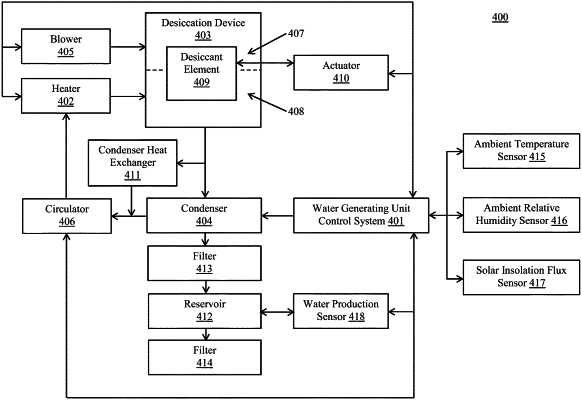| CPC G06N 20/00 (2019.01) [G05B 13/0265 (2013.01); G05B 17/02 (2013.01); G06N 3/08 (2013.01); G06N 3/045 (2023.01)] | 18 Claims |

|
1. A system comprising:
a processor; and
a tangible, non-transitory memory configured to communicate with the processor,
the tangible, non-transitory memory having instructions stored thereon that, in response to execution by the processor, cause the processor to perform operations comprising:
receiving a first training data set comprising first training data having been generated by a first controlled device;
determining that the first training data set is inadequate to fully form a hierarchical training data set such that the first training data set does not include a first optimal control input value of a first control input for each potential combination of controlled device inputs and controlled device outputs;
receiving a second training data set comprising second training data having been generated by the first controlled device and a second controlled device;
receiving first free inputs of the first controlled device and second free inputs of the second controlled device, wherein the first free inputs and the second free inputs are respective measurable inputs of the first controlled device and the second controlled device that are not subject to the control of an operator of the first controlled device and the second controlled device;
supplementing the first training data set with the second training data set to fill in missing combinations of the controlled device inputs, the controlled device outputs, the first free inputs and the second free inputs in the first training data set and to form the hierarchical training data set;
supplementing the hierarchical training data set with simulated optimal values of the controlled device inputs, the controlled device outputs, the first free inputs and the second free inputs, in response to the first training data set with the second training data set being inadequate;
training a neural network using the hierarchical training data set to determine the first optimal control input value of the first control input for the first controlled device of multiple controlled devices;
wherein the multiple controlled devices comprise the first controlled device and the second controlled device;
using the hierarchical training data set with the trained neural network, the controlled device inputs, the first free inputs and the second free inputs to determine the controlled device outputs, and
implementing a perturbation system configured to cause a control system of the first controlled device to operate the first controlled device with values of the first control input other than the first optimal control input value of the first control input.
|